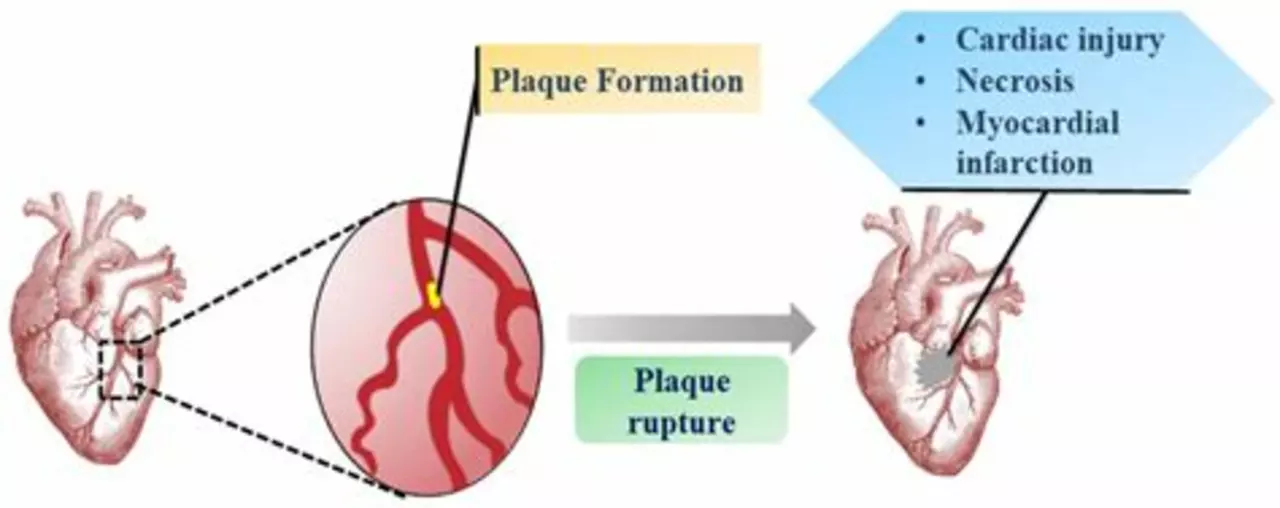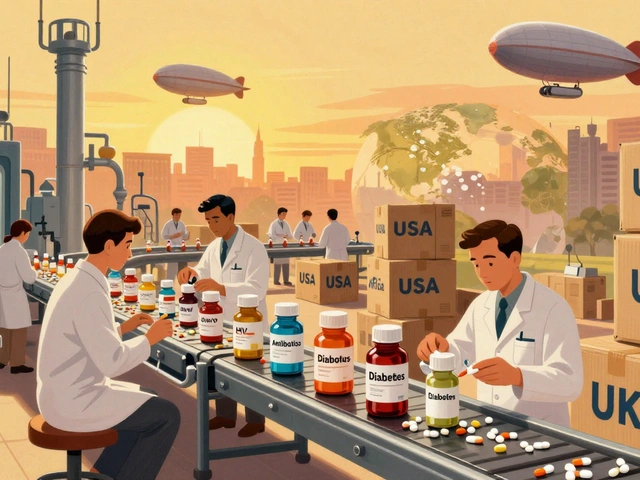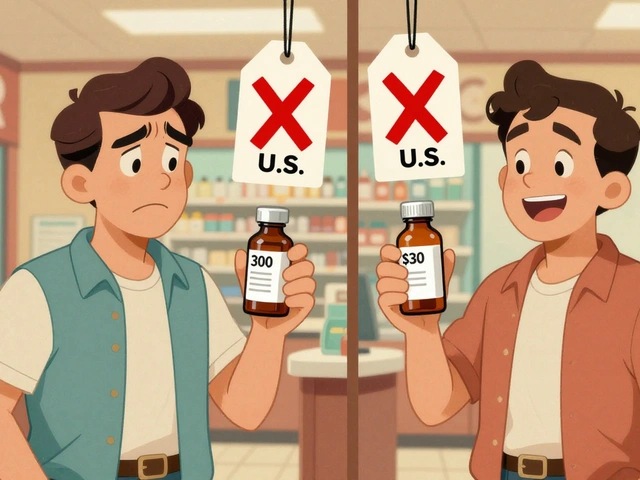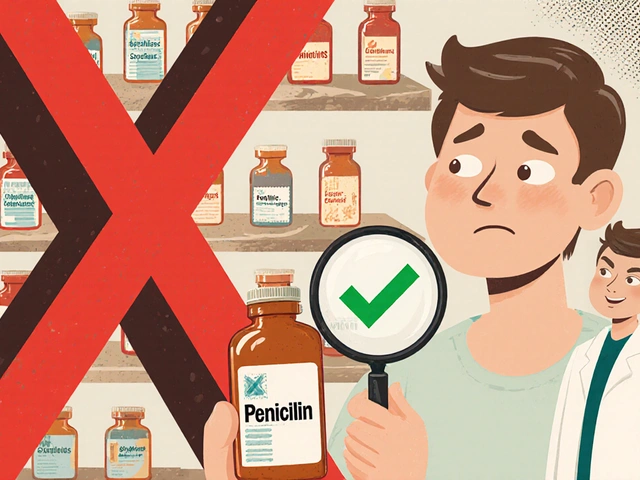Post-Myocardial Infarction Care: What to Do After a Heart Attack
Survived a heart attack? The next days and months shape your recovery. Small actions now cut the risk of another event. This page gives simple, useful steps you can follow right away.
Medications to expect and why they matter
Your care team usually prescribes several drugs after a myocardial infarction. Common ones are antiplatelet medicines (like aspirin or other agents), a statin to lower cholesterol, a beta blocker to reduce heart workload, and an ACE inhibitor or ARB to protect the heart. Each drug has a clear job: prevent clots, lower cholesterol, reduce stress on the heart, and limit damage. Take them exactly as directed. Skipping doses raises your risk fast.
Watch for side effects and tell your doctor if you get dizzy, persistent cough, muscle pain, or unusual bleeding. Bring a list of all your medicines to every visit. Some drugs interact—your pharmacist can double-check this for free.
Rehab, activity, and daily life
Cardiac rehab is one of the best investments in recovery. It combines supervised exercise, education, and support. Most programs start a few weeks after your event. You’ll build strength, learn safe activity levels, and get tips on stress and diet. If your hospital recommends rehab, sign up.
Start moving gently at home as your team allows. Short walks are better than nothing. Avoid heavy lifting or intense exercise until your provider clears you. Ask when you can drive, return to work, or resume sex—guidance varies by how severe the heart attack was.
Lifestyle changes matter more than quick fixes. Stop smoking now. Cut back on alcohol. Eat more vegetables, whole grains, lean protein, and limit salty and fried foods. Aim for steady weight, regular sleep, and daily activity. These habits lower blood pressure, cholesterol, and stress on your heart.
Mental health gets overlooked. Anxiety, low mood, and PTSD-like reactions are common after a heart attack. Talk about it. Peer groups, counselors, or your rehab team can help. Treating mental health improves physical recovery too.
Know the warning signs that mean you should call emergency services: new or worsening chest pain, shortness of breath at rest, fainting, sudden swelling in legs, or confusion. Don’t wait to see if it gets better.
Follow-up matters. Expect clinic visits, blood tests, and imaging like an echocardiogram or stress test. These checks show how your heart is healing and help adjust treatment. Keep a simple notebook with medication names, doses, symptoms, and questions for each visit.
If you want more detail on specific meds, blood pressure control, or cholesterol options, our site covers topics like blood pressure drugs and statin alternatives. Use those articles to prepare questions for your doctor.
Recovery after a myocardial infarction is a step-by-step process. Take your meds, join rehab, change daily habits, and stay alert to warning signs. Small, steady actions add up to a safer, stronger heart.

The Role of Biosoprolol in Post-Myocardial Infarction Care
As a patient recovering from a myocardial infarction, I've learned that the medication called Biosoprolol plays a crucial role in my post-heart attack care. This beta-blocker helps in reducing my heart rate and blood pressure, making it easier for my heart to pump blood. It's also been shown to improve my overall survival rate and reduce the risk of future heart attacks. By taking Biosoprolol as prescribed, I'm giving my heart the best chance to heal and function effectively. I'm grateful to have this medication as part of my recovery journey.
Read More



